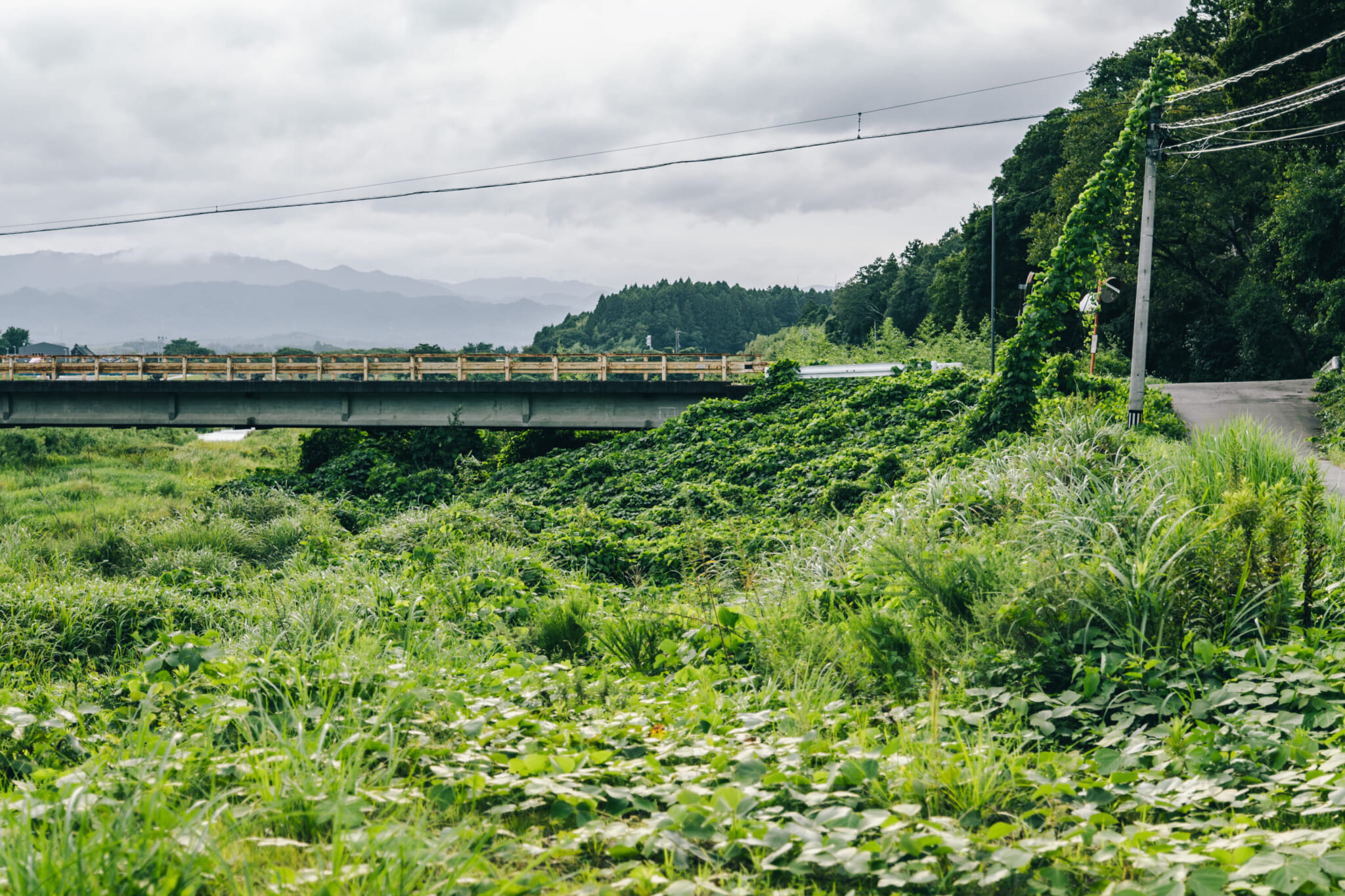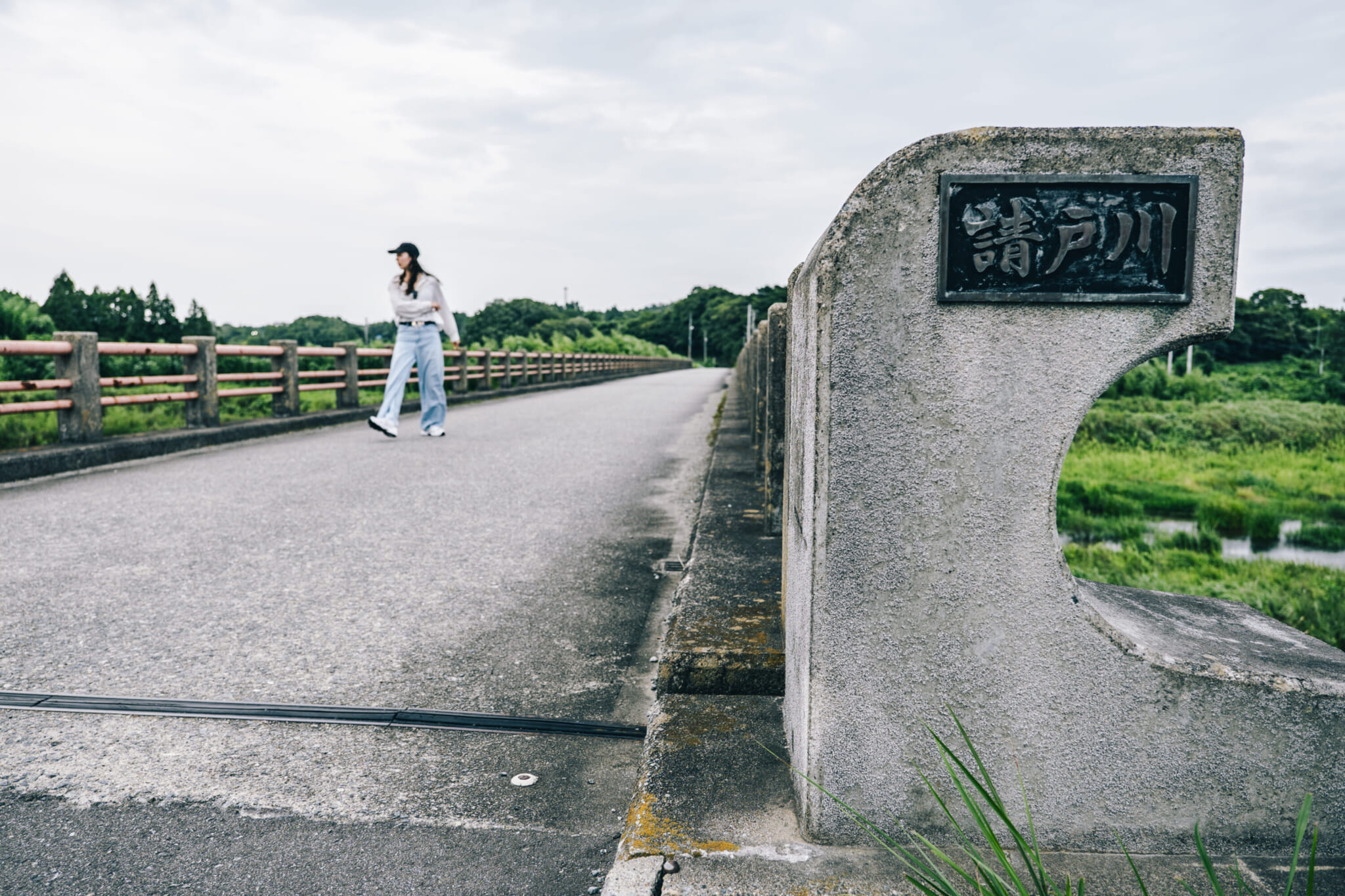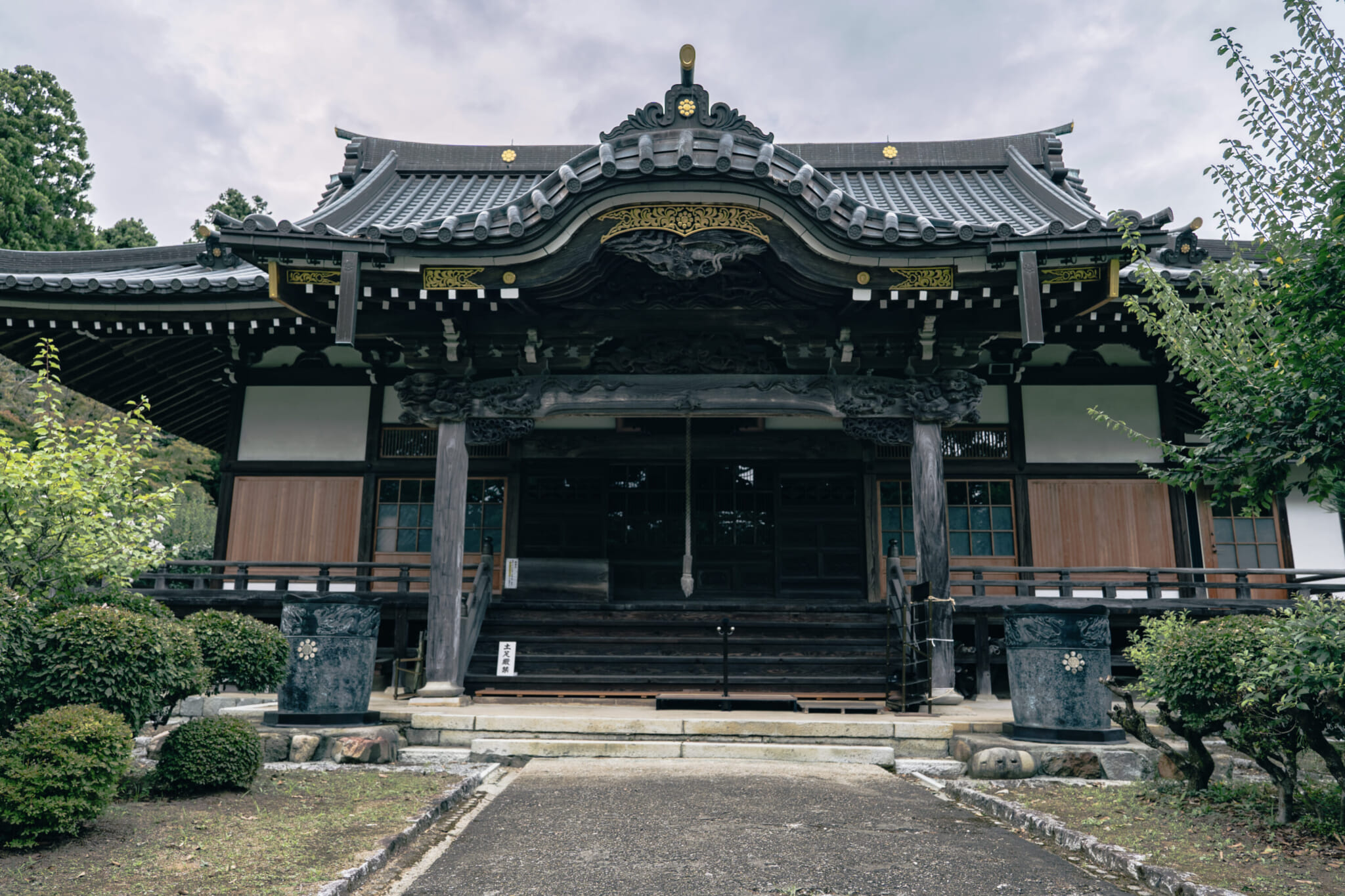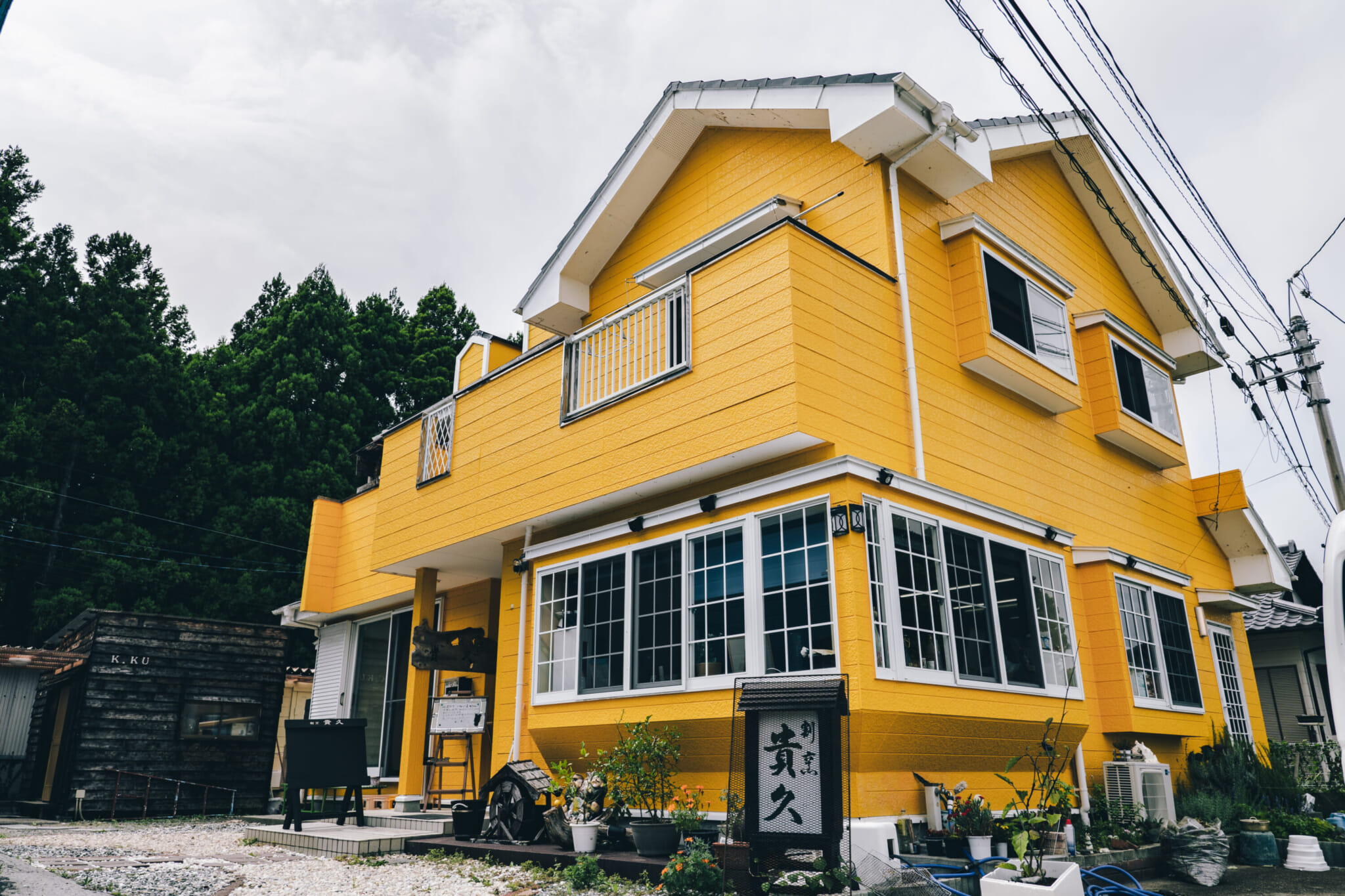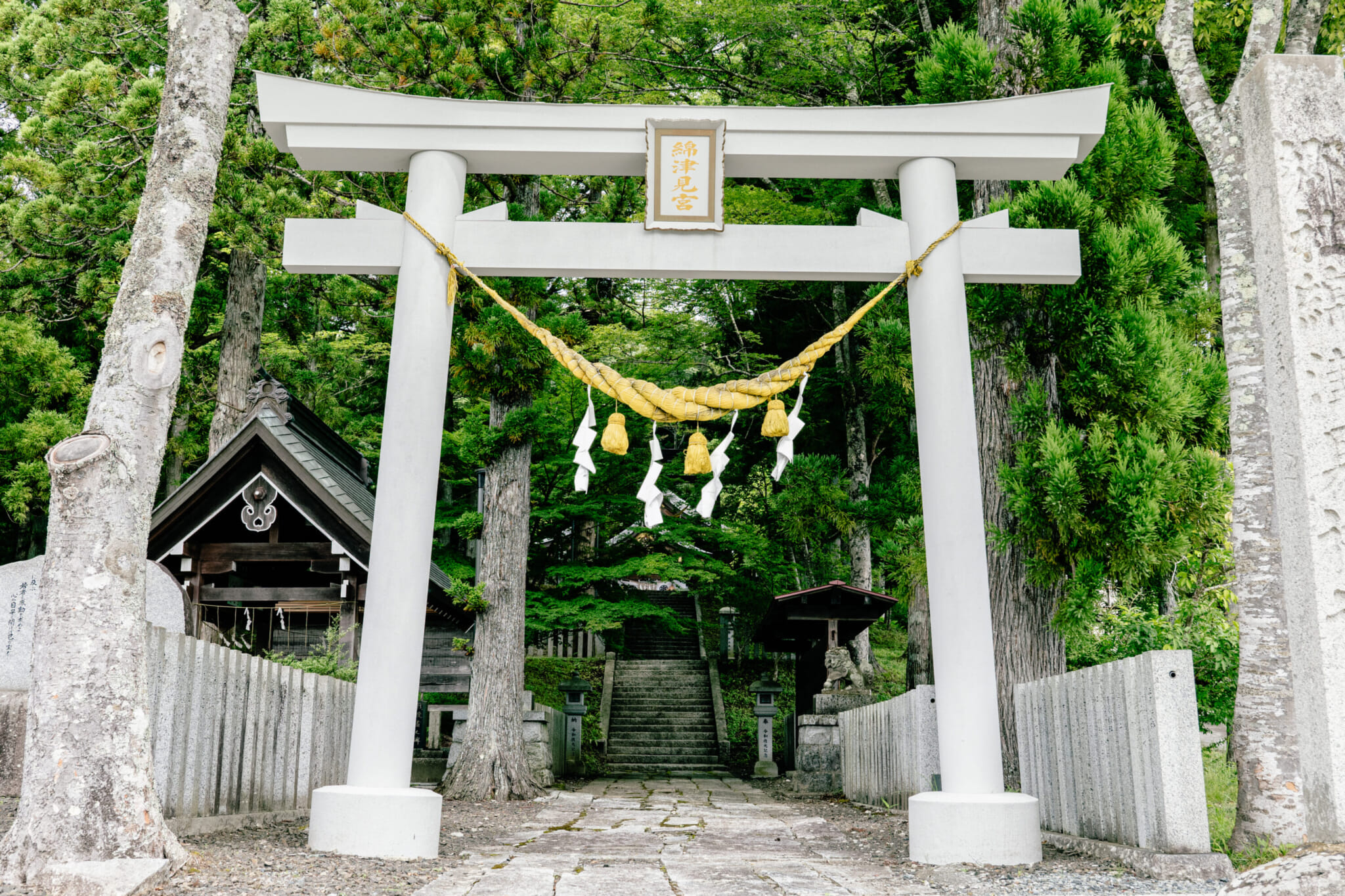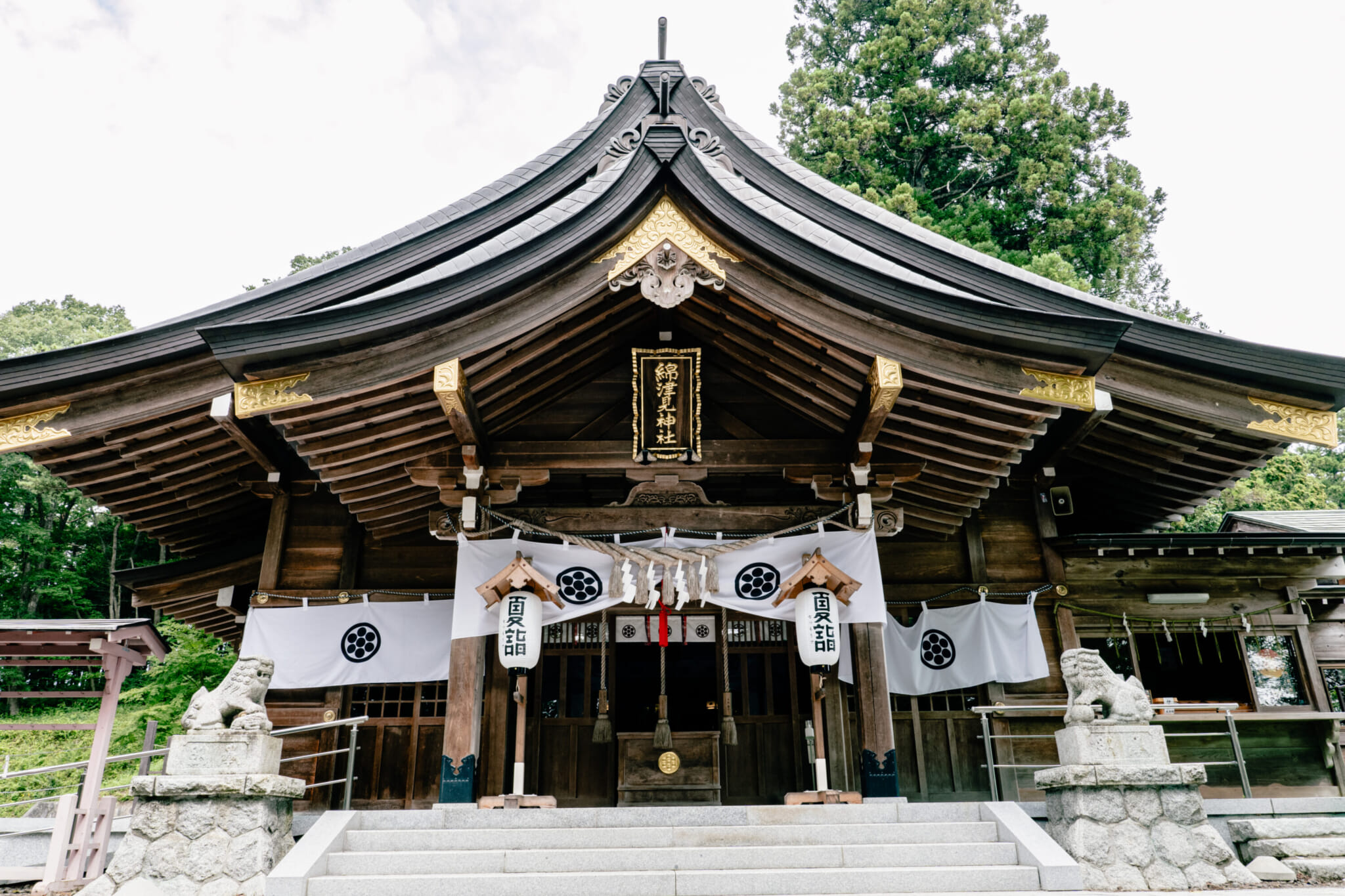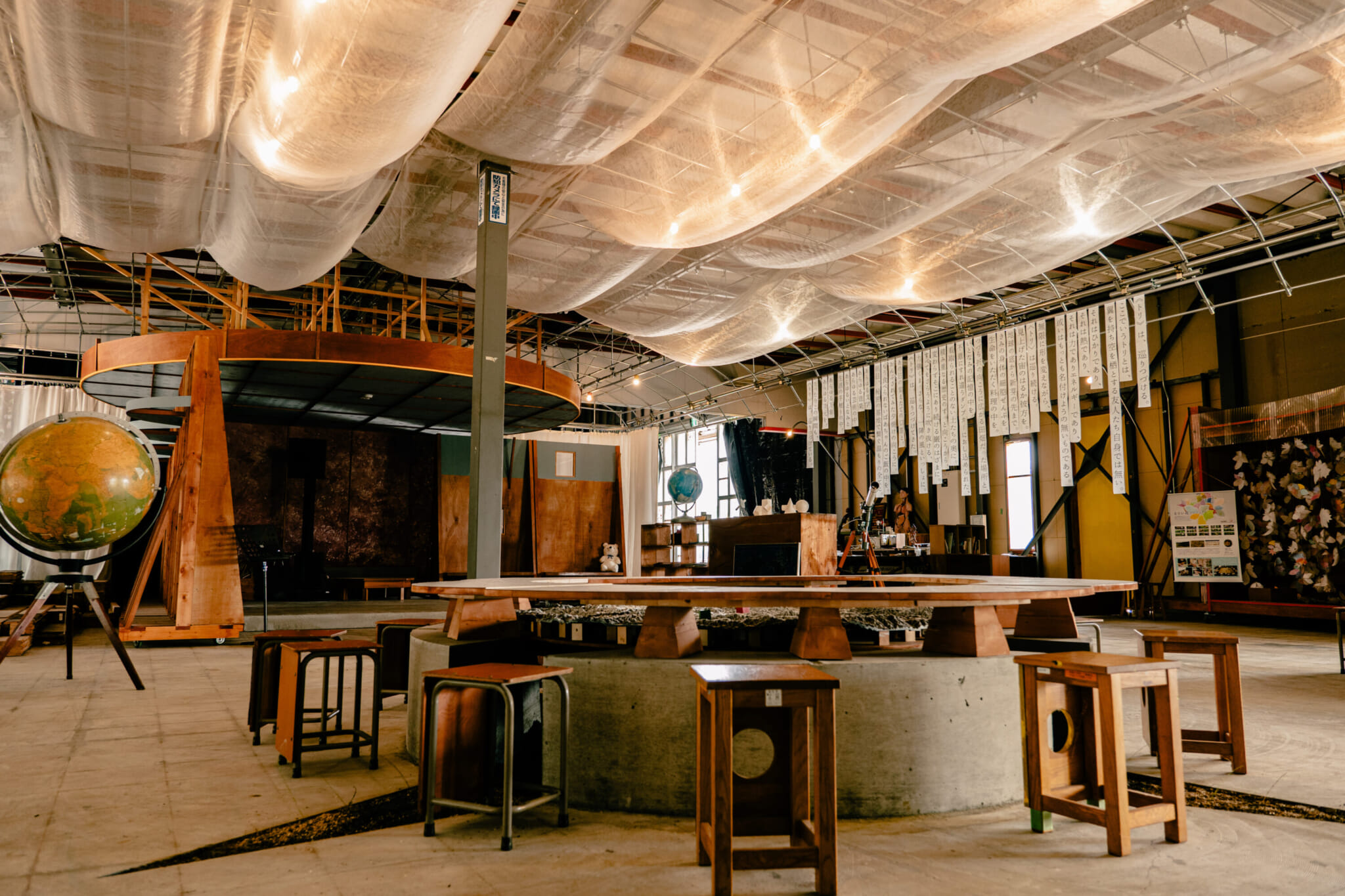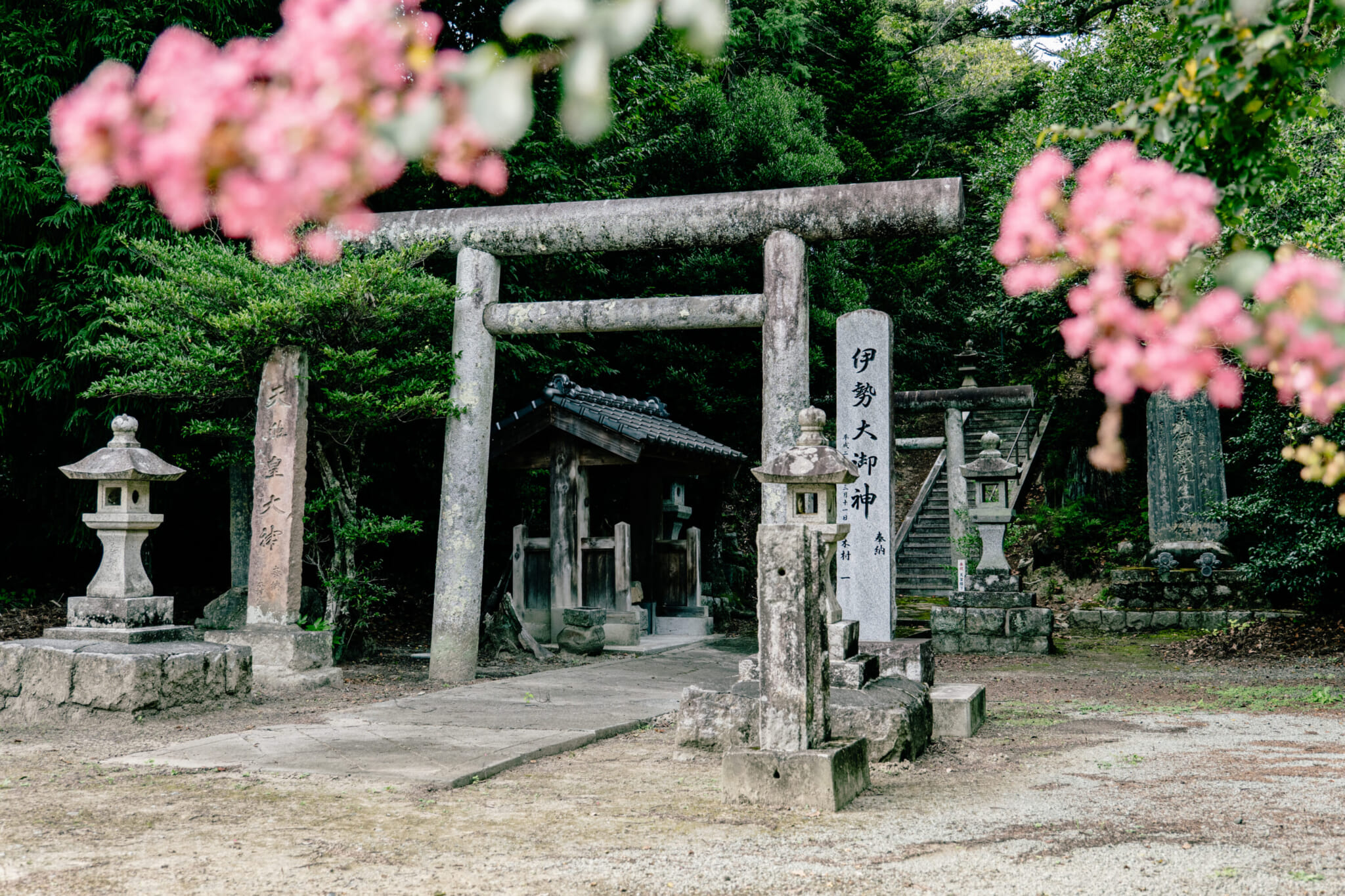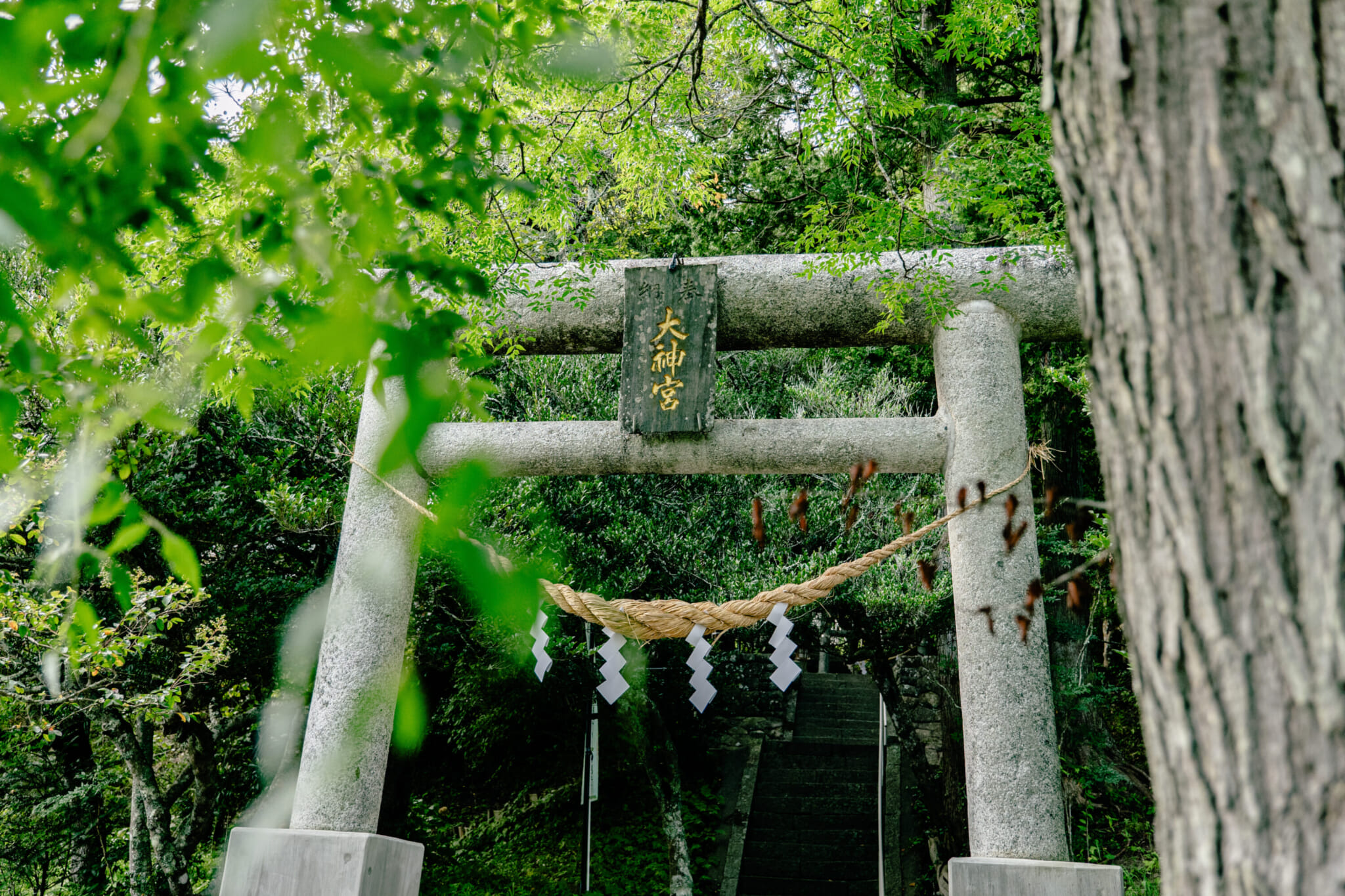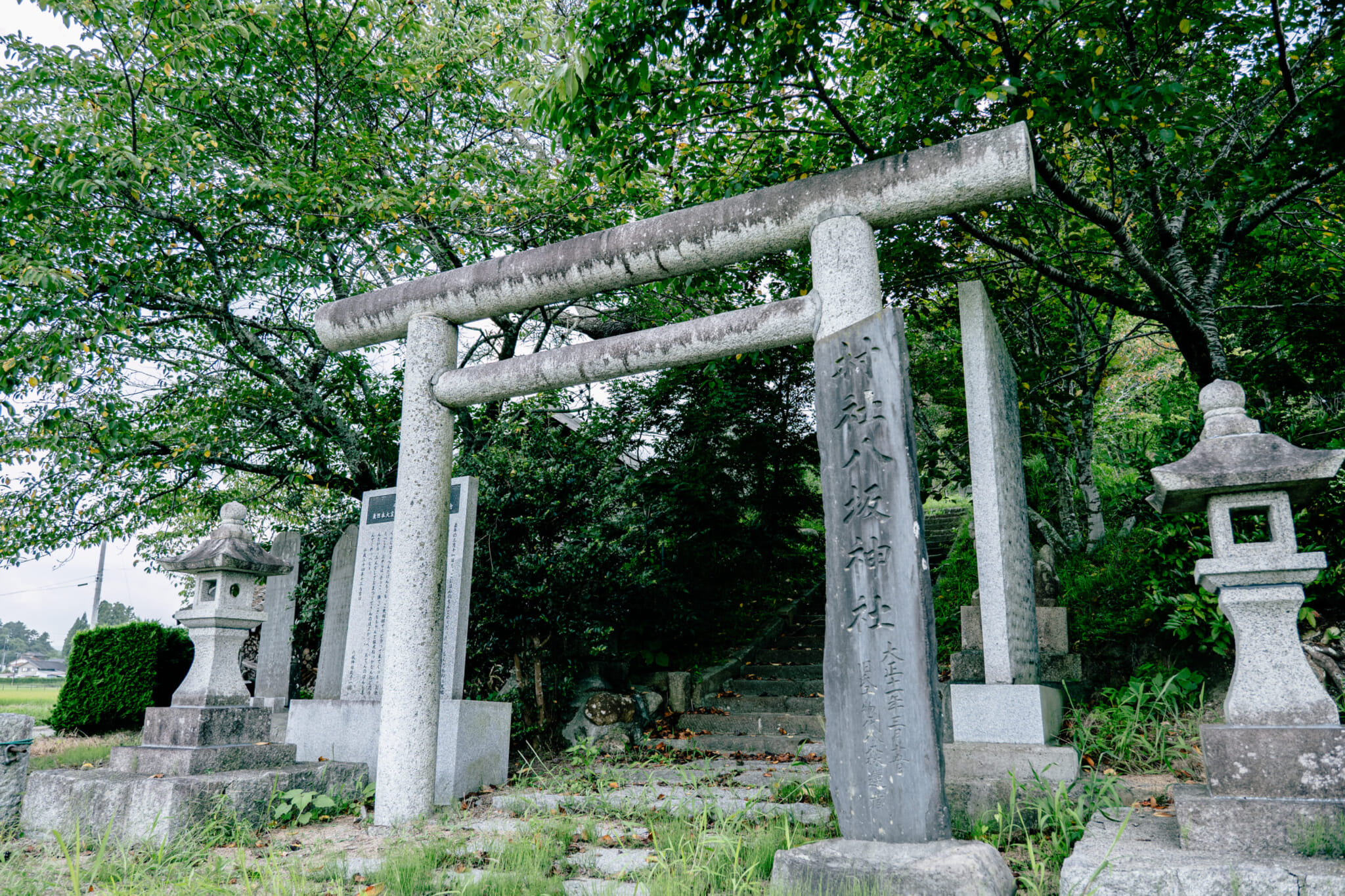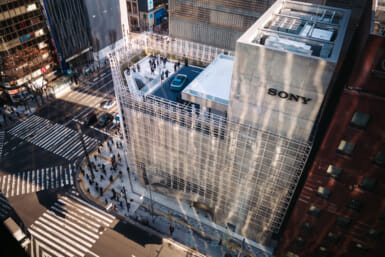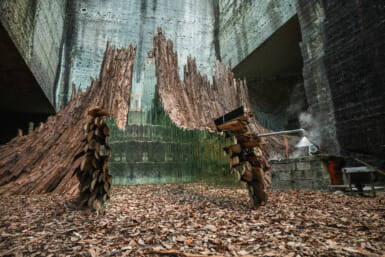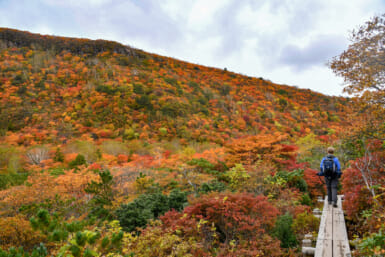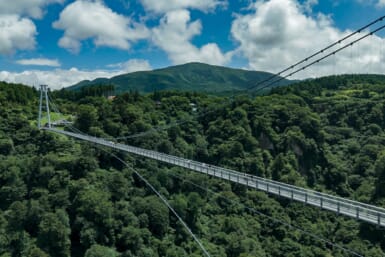Like many city dwellers, I sometimes feel the urge to escape the urban sprawl with its large crowds and limited horizons. Recently, my wanderings took me to Fukushima, a countryside prefecture in the Tohoku region. The quaint lifestyles, open roads and sprawling rice fields there showed me a glimpse of a life that’s slower, where time feels more precious. Since the 2011 earthquake, Fukushima has healed and restructured, and the people there have fostered a vibrant and strong community. It’s a beautiful and engaging place to spend time, bursting with potential adventures and dreamy hidden spots.
Recently, the prefecture designed three scenic footpaths for the perfect stroll. All you have to do is follow the maps provided for a loop that’s just short of five kilometers, and get to know the towns of Fukushima – and, perhaps, yourself. Get to know these three excellent and pleasant hikes below:
Namie: The Lay of the Land
The first of the footpaths is in Namie, a small town in northeastern Fukushima. Starting at Namie’s brand new roadside station, the footpath takes you across the first of multiple bridges on Ukedogawa River. The river is lined with cherry trees that bloom in the spring. One of the bridges that you pass on the footpath is Mankai Bridge, or full-bloom bridge — undoubtedly named by someone awestruck by the cherry blossoms.
The path also takes you to Daishoji, a grand temple with intricate carvings on its main building; I was particularly fond of the pair of turtles carved perfectly in the middle. Afterwards, you can stop for a quick lunch break along the path at Kiku, an eatery beloved by locals, which is unmissable – the building is bright yellow. The owner shares her passion for cooking by serving up a delicious lunch at a surprisingly reasonable price, full with delicacies like abalone and home-made Okinawa Agu pork sausages.
The last stretch of the Namie footpath is along Tasogare no Michi, or the Twilight Road. It’s a perfectly picturesque setting for finishing up your travels as the sun starts to sink.
Iitate Village: The Importance of Water
Iitate, a village just a short drive from Namie, is characterized by its rich connection to water. Along the footpath, you’ll find Sakumi Well. The well was installed in 1669, and it developed a reputation for the remarkable ebb and flow of its waters during the cold seasons, which could accurately predict the conditions for harvesting rice that year.
Also on the footpath is Watatsumi Shrine, honoring the god of the ocean. Iitate’s lush greenery — including cosmos, marigolds and sunflower fields in the summer, as well as large spreads of rice fields — reflects how the abundance of water has been the community’s source of pride for centuries.
Also on the path is Zutto Soko, a whimsical, interactive museum-lab in a large warehouse. The exhibits explore science and art, with a “Wasabi Lab” in the corner that experiments with different ways of growing plants, connecting adults and children with the rich history of cultivation that surrounds them.
Minamisoma: The Footpath of the Gods
The final footpath is in Minamisoma, a region full of long-venerated shrines known for its historical ties to the Soma Clan, a powerful samurai family that ruled the region during the feudal period. Minamisoma used to be underwater, and is characterized by its long shoreline.
Between shrines, the footpath takes you through an expanse of green rice paddies. The draft of a sea breeze blowing from the Pacific reminds travelers that the ocean is nearby. The road continues on to Yasaka Shrine; the pathway leading to his sacred space envelops visitors in a tunnel of green, transporting them into a lush forest like something out of a Studio Ghibli film. One can easily imagine the footsteps of the spirits gliding past.
At each shrine on the Minamisoma footpath, I prayed in gratitude for the ability to explore a town, with all its changes throughout the years.

